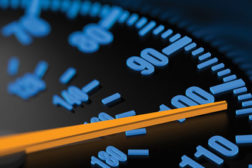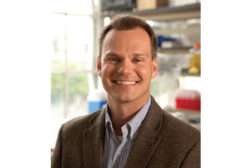Articles by Wayne Labs
Food Safety
FSMA HARPC Update
While it may not seem like much is happening, a lot of work is going on behind the scenes to keep FSMA on track.
October 7, 2014
Engineering R&D
Defense technology now applied in the food industry
MIT-Lincoln Laboratory research into rapid screening for anthrax and other dangerous pathogens has found its way into the food industry to detect both airborne and surface pathogens.
October 7, 2014
State of Food Manufacturing
The state of food manufacturing: The need for speed
A focus on lean manufacturing, quality improvements and increased automation helps processors meet rapidly changing demands.
September 4, 2014
Engineering R&D
The fantastic voyage of a temperature probe
Best way to measure the internal process temperature of a cooking stage: Send an RFID probe through the process piping!
September 4, 2014
Engineering R&D
In-shift pathogen test reduces time to market
Based on novel technology, a recent approach to pathogen testing eliminates the enrichment phase of assays, which means getting results before a shift is over.
August 7, 2014
Food Safety
GMPs, FSMA and GFSI: Making the Right Connections
Good manufacturing practices play an obvious role in both FSMA and GFSI schemes, but in reality, you won’t pass FSMA muster or obtain a GFSI certification if you haven’t done your GMP homework.
August 7, 2014
TECH FLASH
The ABCs of GFSI
With FSMA heading towards finalization, GFSI accreditation goes a long way in securing a successful FSMA audit and getting a leg up on competitors
June 25, 2014
Elevate your expertise in food engineering with unparalleled insights and connections.
Get the latest industry updates tailored your way.
JOIN TODAY!Copyright ©2024. All Rights Reserved BNP Media.
Design, CMS, Hosting & Web Development :: ePublishing










